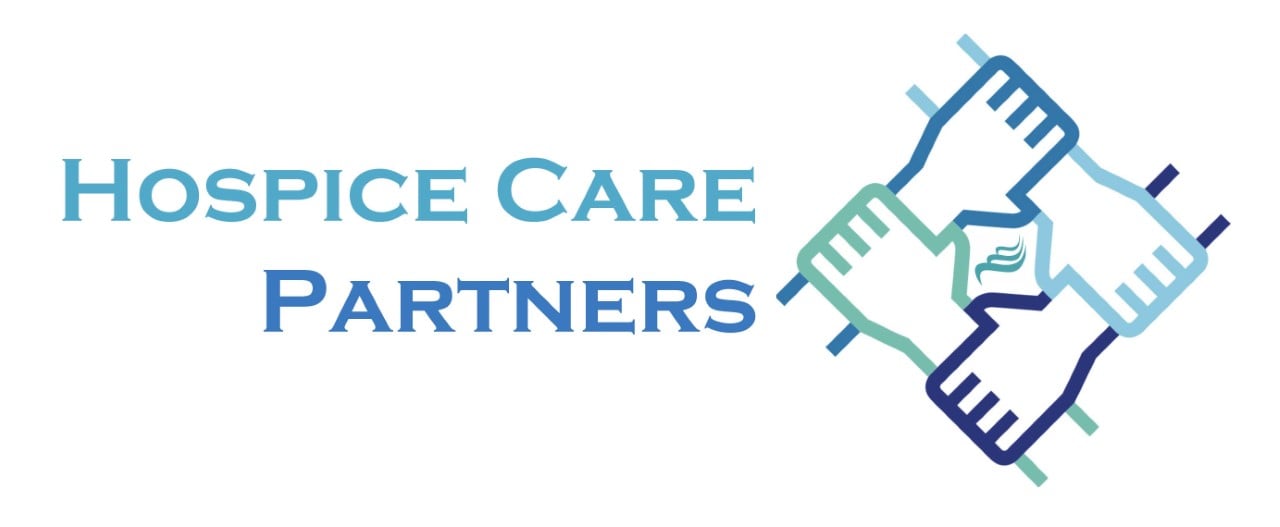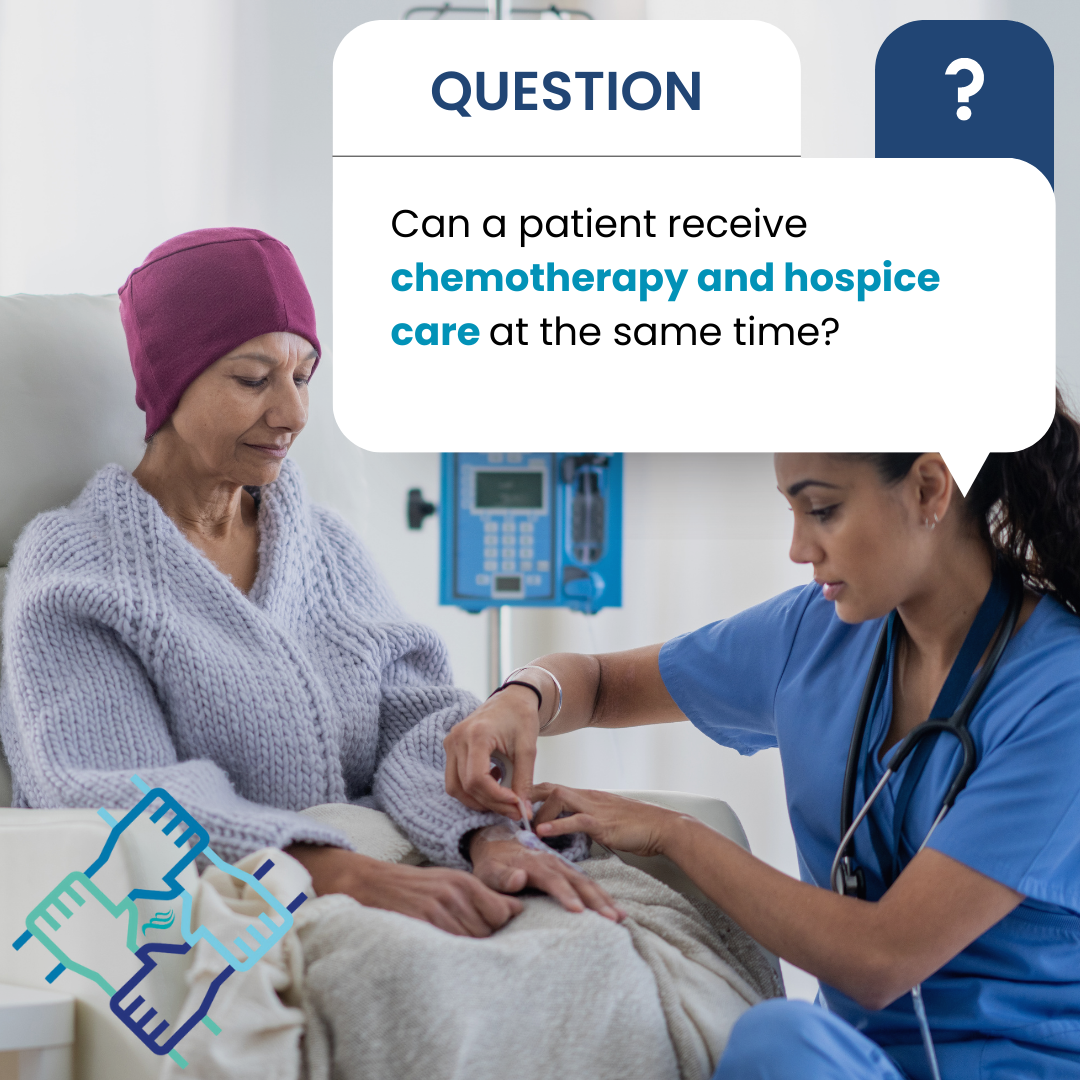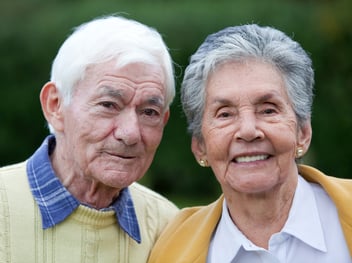Discover whether receiving chemotherapy is possible while under hospice care.
Understanding the Role of Hospice in End-of-Life Care
Hospice care is a type of care that focuses on providing support and comfort to individuals who are in the final stages of a terminal illness. It is designed to improve the quality of life for patients and their families by addressing physical, emotional, and spiritual needs. Hospice care aims to provide a peaceful and dignified end-of-life experience.
The primary goal of hospice care is to enhance the patient's comfort and manage their symptoms, rather than attempting to cure the underlying illness. It involves a multidisciplinary team of healthcare professionals, including doctors, nurses, social workers, counselors, and volunteers, who work together to provide comprehensive care and support.
Hospice care can be provided in various settings, including the patient's home, a hospice facility, or a hospital. The specific services offered may vary depending on the patient's individual needs and preferences. Some common services provided in hospice care include pain management, symptom control, emotional and spiritual support, assistance with daily activities, and bereavement counseling for the patient's loved ones.
Exploring the Purpose and Benefits of Chemotherapy
Chemotherapy, on the other hand, is a treatment method that involves the use of powerful drugs to destroy cancer cells and slow down the progression of the disease. It is often used in an attempt to cure cancer, control its growth, or alleviate symptoms in advanced stages. Chemotherapy can be administered orally, intravenously, or through other methods.
The purpose of chemotherapy is to target and kill rapidly dividing cancer cells, which allows for the reduction or elimination of tumors. While chemotherapy can be effective in treating certain types of cancer, it is also associated with various side effects. These side effects can include nausea, fatigue, hair loss, decreased appetite, and increased susceptibility to infections.
The decision to undergo chemotherapy is typically based on factors such as the type and stage of cancer, the overall health of the patient, and their treatment goals. It is important to weigh the potential benefits of chemotherapy against the potential risks and side effects before making a decision.
The Compatibility of Chemotherapy and Hospice Care
In general, receiving chemotherapy and hospice care at the same time is uncommon. Hospice care is typically recommended for individuals who have a life expectancy of six months or less and who are no longer pursuing curative treatments, such as chemotherapy. The focus of hospice care is on providing comfort and support rather than aggressive treatment.
However, there may be situations where the combination of chemotherapy and hospice care is considered. In some cases, individuals may choose to continue chemotherapy while also receiving hospice care to manage symptoms and improve their quality of life. The decision to pursue this combination of care should be made in consultation with the patient's healthcare team and based on their individual circumstances and preferences.
It is important to note that the compatibility of chemotherapy and hospice care can vary depending on factors such as the type and stage of cancer, the patient's overall health, and their treatment goals. Each case should be evaluated on an individual basis to determine the most appropriate course of action.
Considerations for Receiving Chemotherapy on Hospice
If a patient is considering receiving chemotherapy while on hospice, there are several important considerations to keep in mind. First and foremost, it is crucial to have open and honest communication with the healthcare team, including the oncologist and hospice provider. They can provide valuable insights and guidance based on the patient's specific situation.
Another consideration is the potential impact of chemotherapy on the patient's quality of life. Chemotherapy can be physically and emotionally demanding, and it may not always align with the goals of hospice care, which prioritize comfort and symptom management. The patient should carefully weigh the potential benefits and drawbacks of chemotherapy in relation to their overall well-being and end-of-life wishes.
Additionally, the patient's support system and personal preferences should be taken into account. It is important to involve loved ones in the decision-making process and consider their input and concerns. Ultimately, the patient's wishes and goals should guide the decision regarding chemotherapy while on hospice.
Lastly, it is important to remember that the decision to discontinue or modify chemotherapy while on hospice can be revisited and adjusted as needed. The healthcare team will continuously assess the patient's condition and treatment options to ensure the most appropriate and beneficial care is provided.
Conclusion
While it is generally uncommon to receive chemotherapy while on hospice, there may be situations where the combination of care is considered. The decision should be based on the patient's individual circumstances, treatment goals, and preferences, and should involve open communication with the healthcare team.
Receiving chemotherapy while on hospice can be a complex decision, and it is important to carefully weigh the potential benefits, risks, and impact on the patient's quality of life. Ultimately, the primary focus should be on providing comfort, support, and dignity to the patient during their end-of-life journey.




